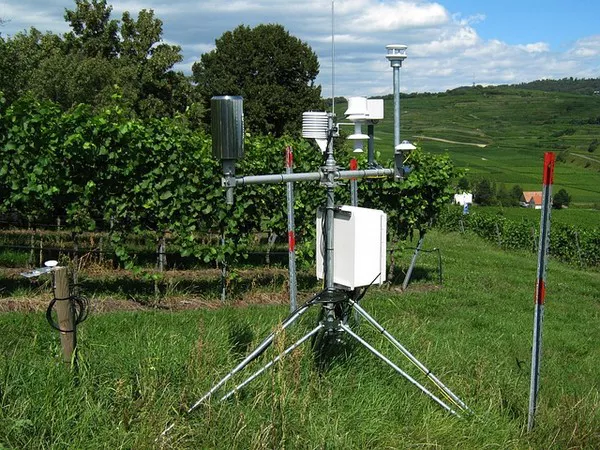Anemometers are crucial instruments used to measure wind speed and direction. These readings are vital in various fields including meteorology, aviation, environmental monitoring, and renewable energy. Understanding how to calculate anemometer readings accurately is essential for obtaining reliable data. In this article, we will delve into the principles behind anemometer measurements and explore the methods used to calculate wind speed and direction.
Principles of Anemometry
Anemometers work on the principle of converting wind energy into measurable signals. There are several types of anemometers commonly used, including cup anemometers, vane anemometers, ultrasonic anemometers, and hot-wire anemometers. Each type operates differently but relies on the fundamental principle of measuring the wind’s effect on a sensor.
1. Cup Anemometers
Cup anemometers consist of three or more cups mounted on horizontal arms, which rotate when exposed to the wind. The rotation speed is proportional to the wind speed. To calculate wind speed, the rotation rate of the cups is measured using sensors or mechanical systems. The formula commonly used is:
Wind Speed=Distance traveled by cup in one rotation×Number of cups/Time taken for one rotation
2. Vane Anemometers
Vane anemometers, also known as wind vanes, measure wind direction as well as speed. They consist of a tail and a pointer that align with the wind direction. The tail exerts a force in the opposite direction of the wind, causing the pointer to move. Wind direction is determined based on the orientation of the pointer. Wind speed can be calculated using similar methods as cup anemometers.
Calculating Wind Speed
To calculate wind speed using cup or vane anemometers, follow these steps:
Measure Rotation or Movement: Determine the rotation rate of the cups or the movement of the vane over a specific time interval.
Calculate Distance Traveled: Measure the distance traveled by the cups or the vane in one rotation or movement.
Apply the Formula: Use the formula mentioned above to calculate wind speed based on the measured parameters.
Unit Conversion: Ensure that the units are consistent (e.g., meters per second, kilometers per hour) based on the requirements of the application.
3. Ultrasonic Anemometers
Ultrasonic anemometers use ultrasonic pulses to measure wind speed and direction. They consist of multiple pairs of transducers arranged in different directions. By measuring the time it takes for ultrasonic pulses to travel between transducers in various directions, wind speed and direction can be determined accurately.
4. Hot-Wire Anemometers
Hot-wire anemometers utilize the principle of convective heat transfer to measure wind speed. A thin wire is heated to a constant temperature, and the cooling effect of the wind passing over it is measured. The rate of cooling is directly proportional to the wind speed.
Calculating Wind Direction
Determining wind direction is equally important as measuring wind speed, especially in applications such as aviation and weather forecasting. Vane anemometers directly provide wind direction, while other types may require additional sensors or calculations.
To calculate wind direction using other types of anemometers, consider the following:
Sensor Alignment: Ensure that the anemometer is properly aligned with a reference direction, typically north.
Coordinate System: Establish a coordinate system based on the reference direction.
Sensor Readings: Obtain readings from the anemometer sensors, such as ultrasonic or hot-wire sensors.
Trigonometric Calculation: Use trigonometric calculations to determine wind direction based on sensor readings and the established coordinate system.
Conclusion
Accurate calculation of anemometer readings is essential for various applications, including weather forecasting, climate research, renewable energy assessment, and aviation safety. Understanding the principles behind anemometry and the methods used to calculate wind speed and direction is crucial for obtaining reliable data. By following the guidelines outlined in this article, researchers, meteorologists, engineers, and other professionals can ensure accurate measurement and interpretation of wind-related parameters.

